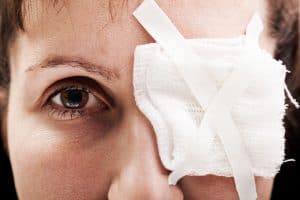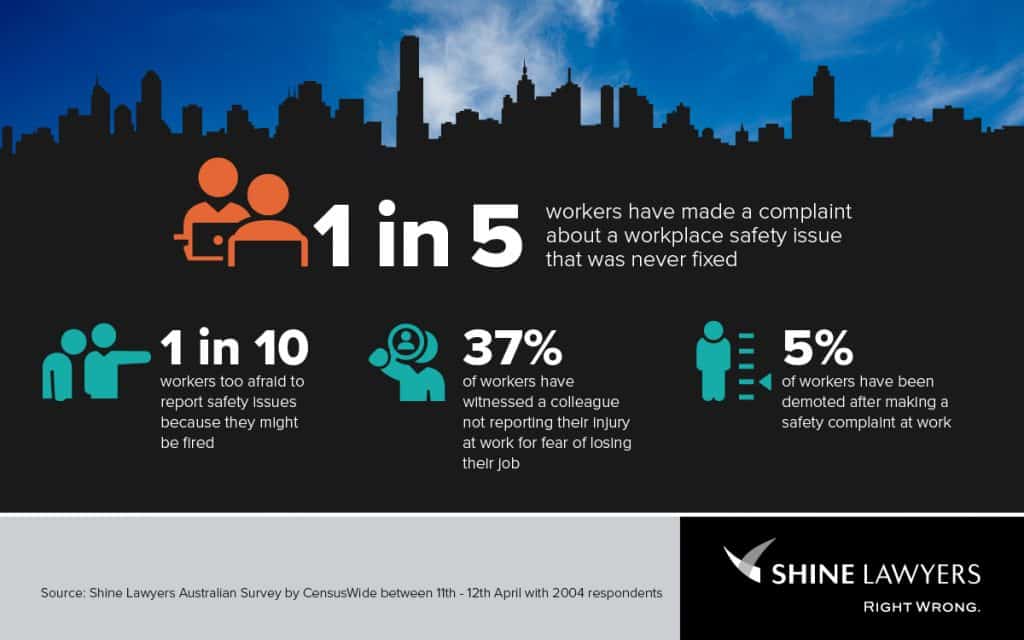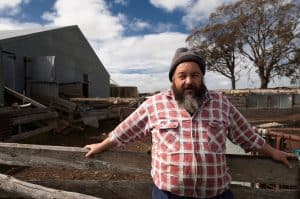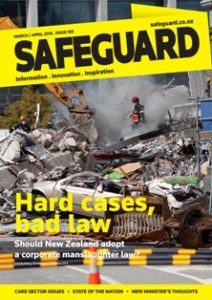The Australian trade union movement is confident that Industrial Manslaughter laws will be introduced in each Australian State and Territory over the next few years. Recently the Australian Broadcasting Corporation’s Law Report program looked at these laws and their discussion in the current Senate Inquiry into “The framework surrounding the prevention, investigation and prosecution of industrial deaths in Australia“.
Much of the radio program contains a general discussion about workplace fatalities with agreement that the long term trend in workplace fatalities is downwards. But no one seems to know the reason for this trend.

 Safe Work Australia’s
Safe Work Australia’s  Australian research usually makes use of the industrial and activity categories created by the
Australian research usually makes use of the industrial and activity categories created by the  The
The 
 Australia’s occupational health and safety (OHS) agenda seems largely dictated by high risk industries like construction in some States and the mining sector in others. But agriculture is common to all Australia States and is consistently included in the official and unofficial workplace fatality data. New research has been released into serious farm injuries and which voices are the most effective in improving the situation.
Australia’s occupational health and safety (OHS) agenda seems largely dictated by high risk industries like construction in some States and the mining sector in others. But agriculture is common to all Australia States and is consistently included in the official and unofficial workplace fatality data. New research has been released into serious farm injuries and which voices are the most effective in improving the situation.